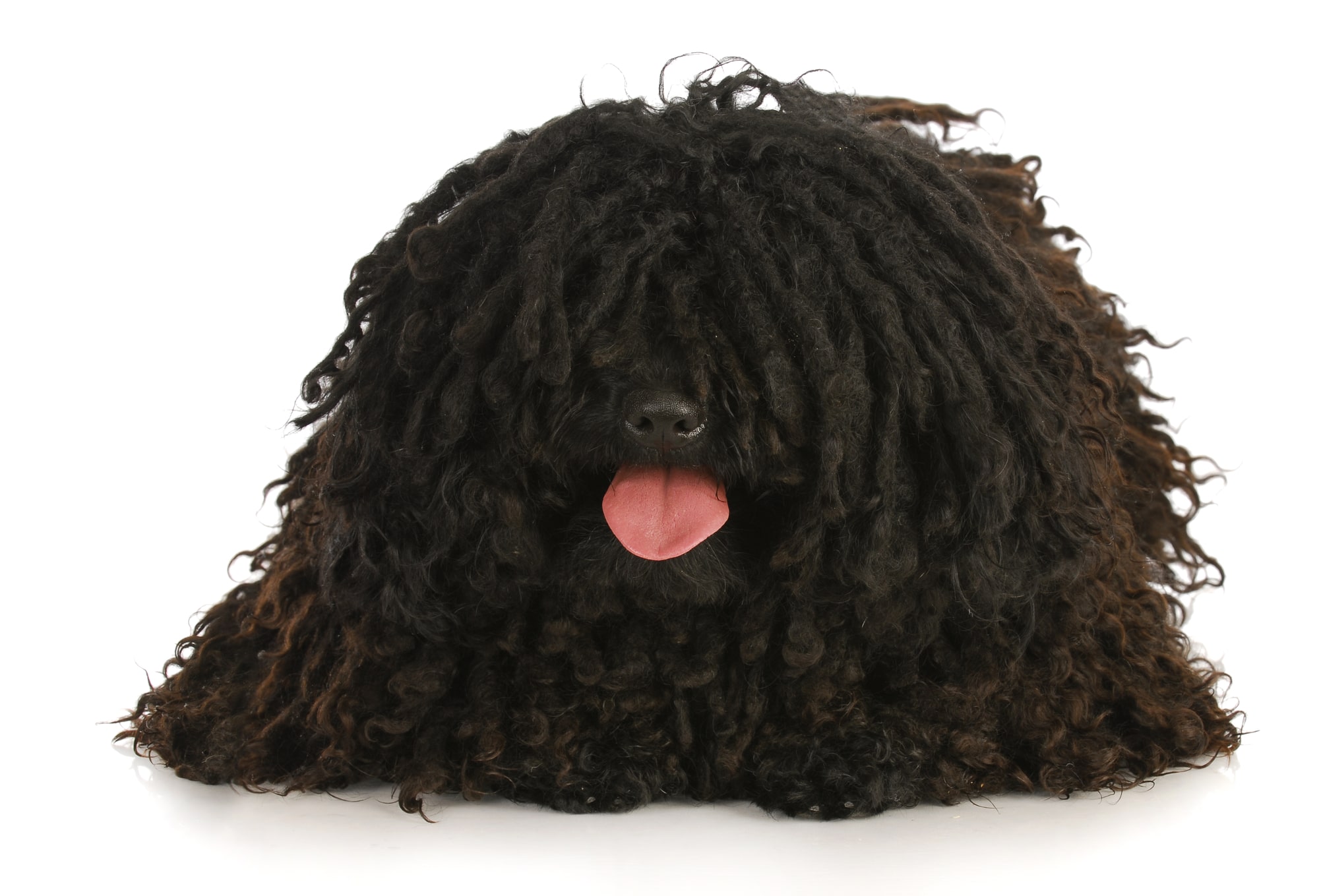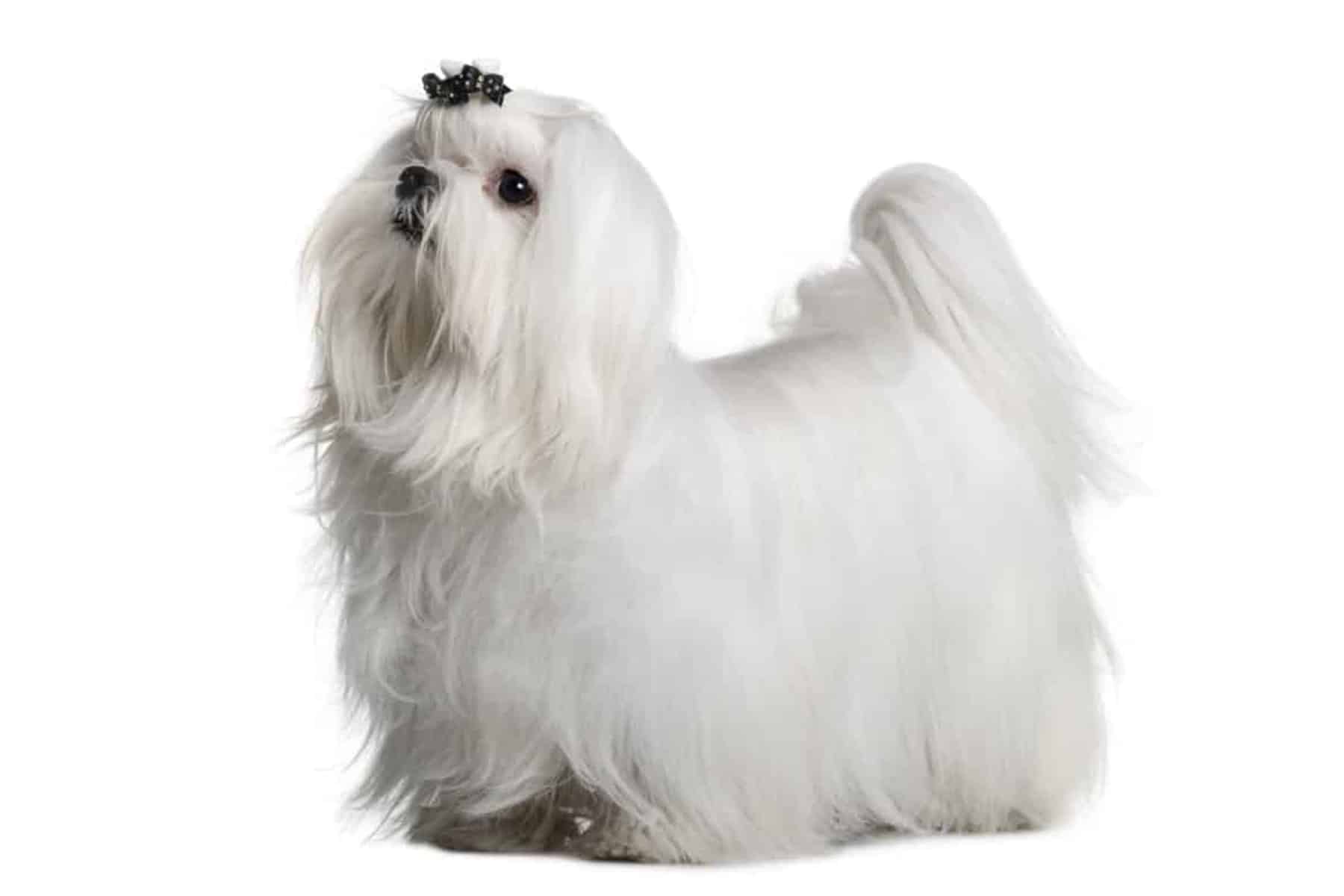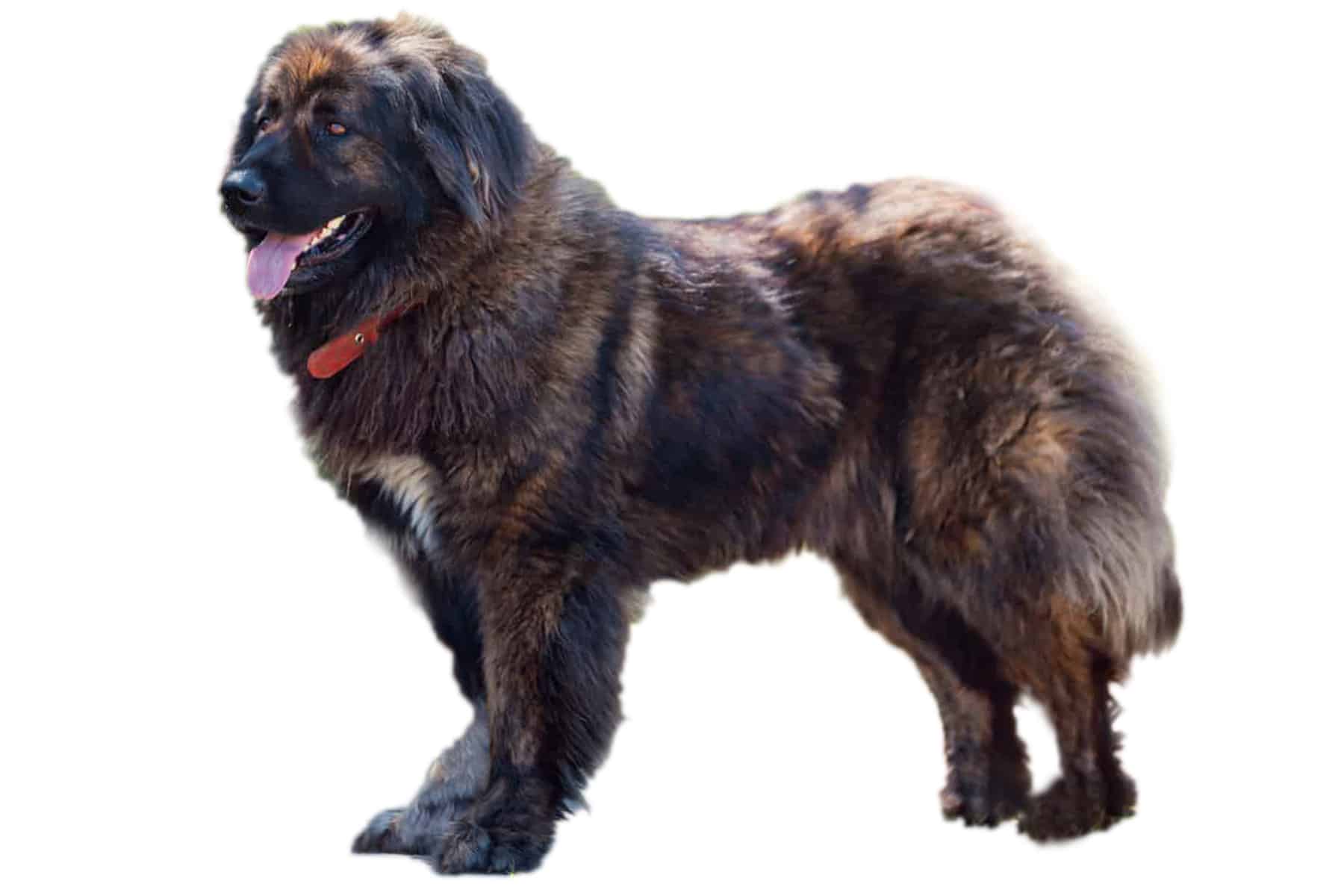Wire-Haired Dachshund
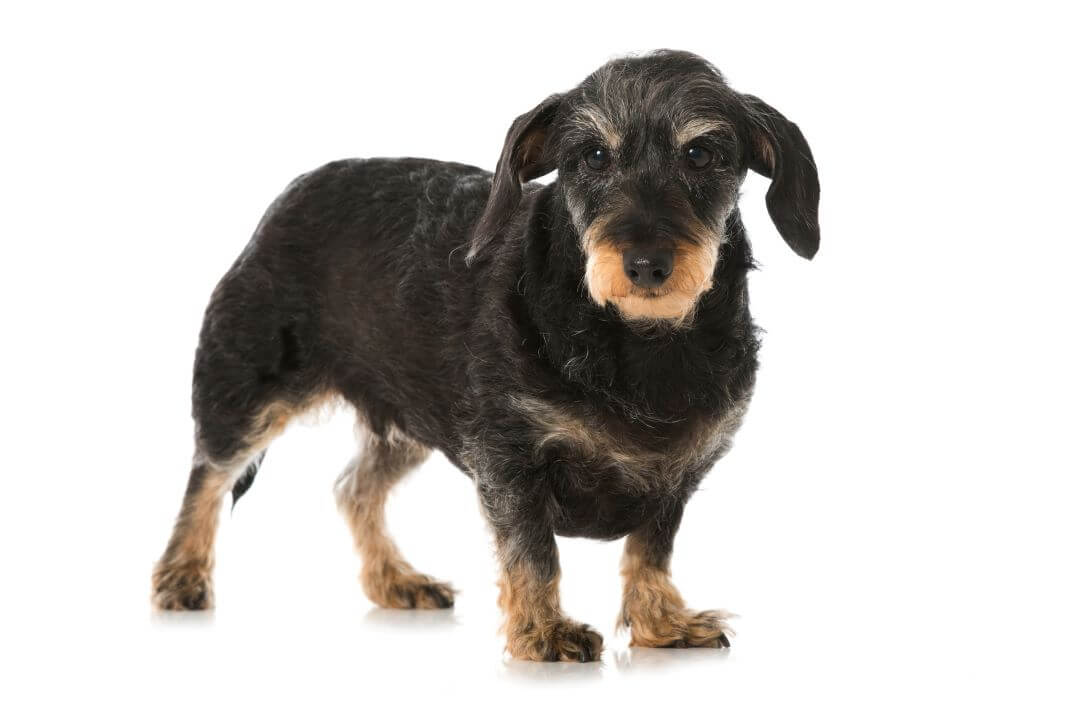
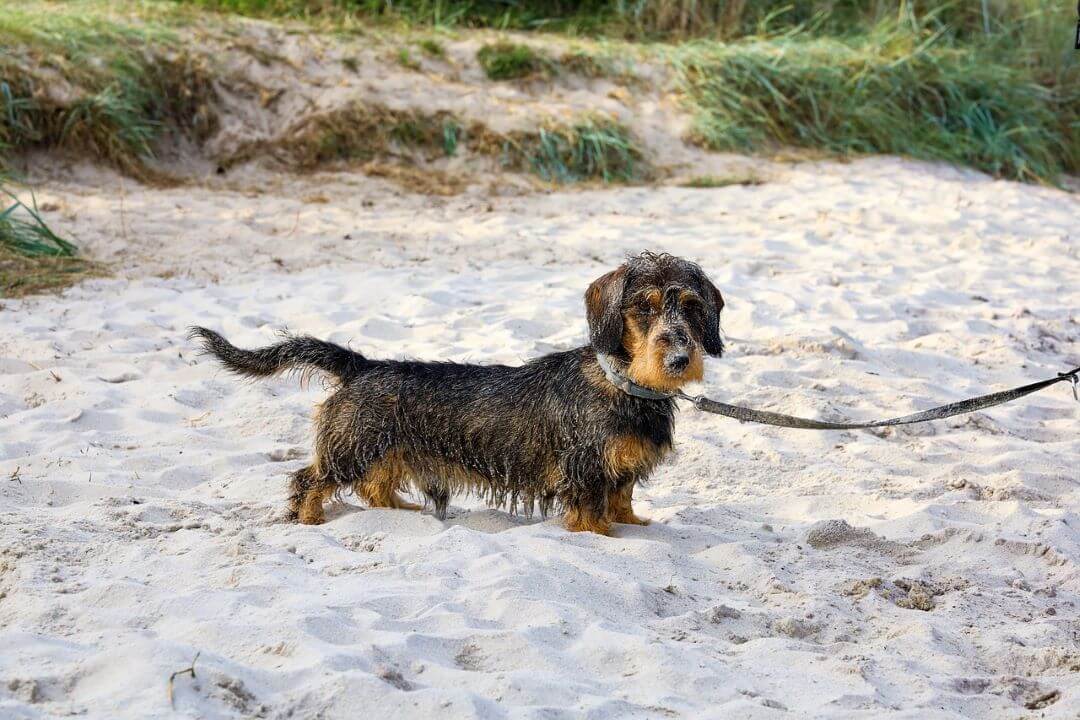
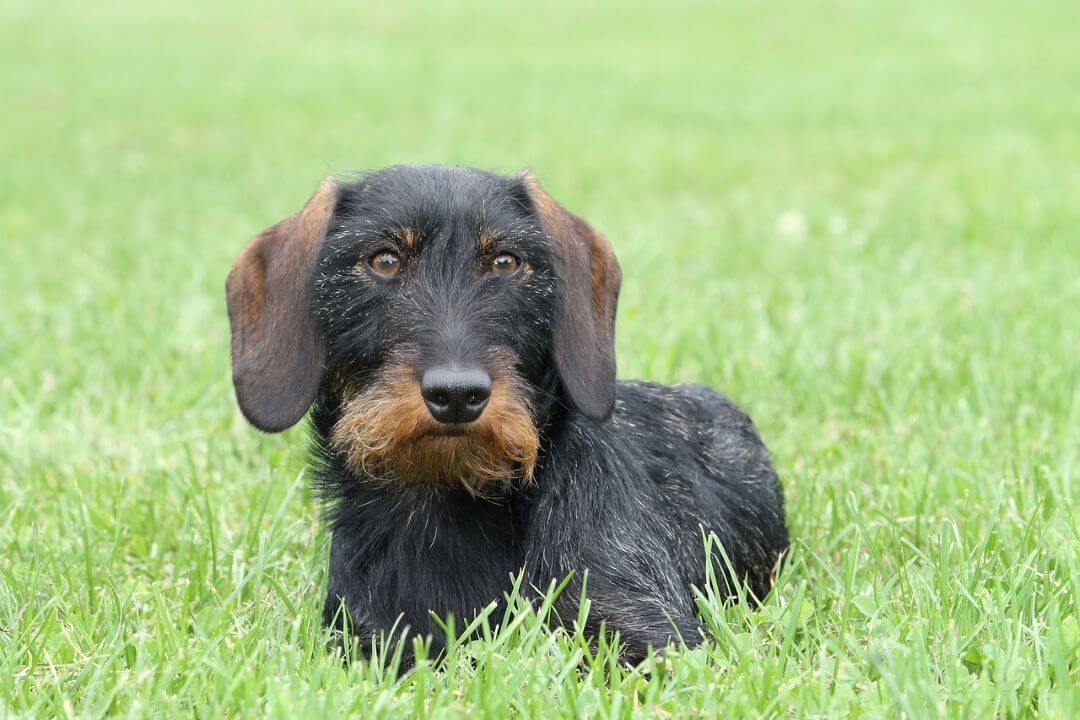
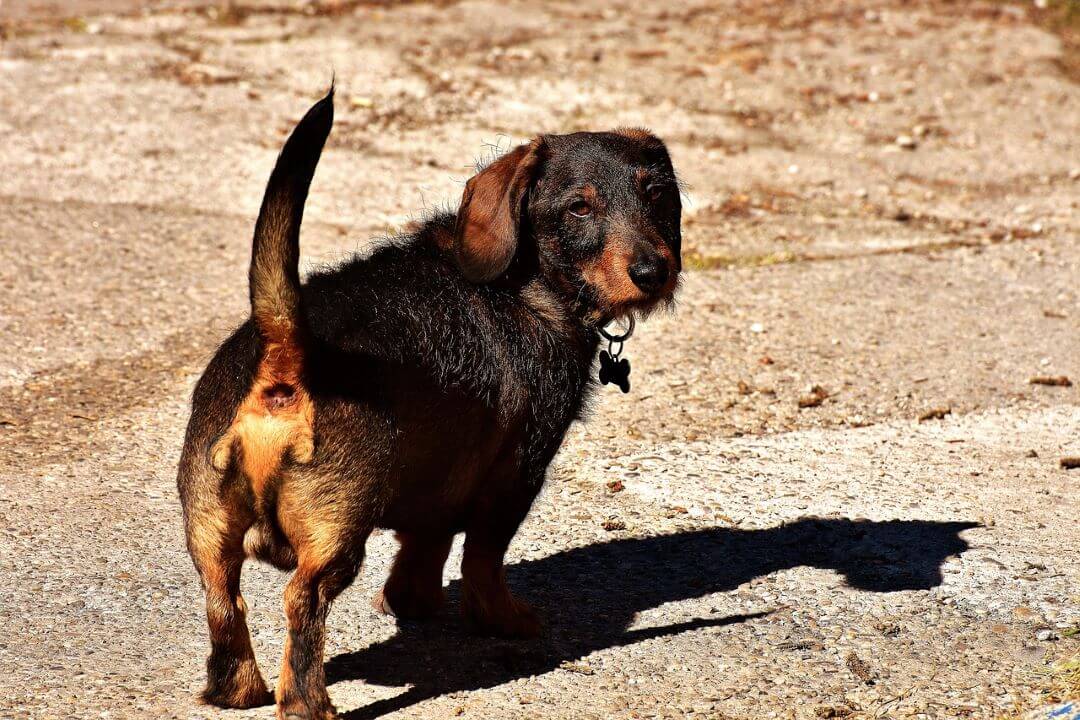
Temperament:
Self-confident, stubborn and eager to hunt. These are the characteristics that are often first attributed to the wire-haired dachshund - also known as wiener dog, sausage dog, badger dog or doxie. But it also has another side. It is not for nothing that people talk about the irresistible "dachshund look" that melts every heart. Because the wire-haired dachshund can also be gentle and is eager to please its owner.
Characteristics
The wire-haired dachshund is a subspecies of the Dachshund (FCI Standard: 148, Group 4: Dachshunds).
The size of the Dachshund is measured according to the chest circumference and not the height at the withers. Today there are three different sizes. The standard dachshund is the largest with a chest circumference of 35 cm. The miniature dachshund is slightly smaller and the smallest is the rabbit dachshund with a maximum chest circumference of 30 cm.
The build is strong and compact. It has short legs and an elongated body. Typical of the wire-haired dachshund is the wiry, dense coat structure. This distinguishes it from the long-haired dachshund and the short-haired dachshund.
The coat is short overall and has an undercoat. The wire-haired dachshund has a beard on its muzzle. The coat is also slightly longer on the paws and above the eyes. The color of the coat is usually sweet-colored. It can vary from light to dark. Sometimes the wire-haired dachshund is also found in the color "leaf-colored".
Despite its size, the wire-haired dachshund should not be underestimated. It has a strong hunting instinct, is courageous and has a strong character. It therefore needs consistent training. Even as a puppy, this dog breed should learn and follow rules. Otherwise, the wire-haired dachshund tends to make up its own rules and follow them stubbornly.
With the right training, the wire-haired dachshund is an excellent companion dog. It can form a very close bond with its human and always remains loyal to him. The wire-haired dachshund is affectionate, intelligent and non-aggressive. It is considered robust and curious.
Coat care:
Shedding:
Energy level:
Trainability:
Children suitable:
The right food
When choosing food, make sure that it contains high-quality ingredients, is balanced and meets your dog's requirements. Age, size or weight, activity and health status play an important role. You should follow the manufacturer's recommendations for the amount of food.
Treats should only be fed in moderation and deducted from the basic diet to avoid obesity.
Puppies can be fed 4-6 times a day. The number of meals should be gradually reduced to 2 per day until the dog is fully grown. A rest period should be observed after meals.
Fresh drinking water should be available at all times.
Health & Care
The rough coat of the wire-haired dachshund needs regular grooming. The long parts of the coat in particular need to be brushed regularly. It can quickly become matted on the belly, between the legs and behind the ears. Examine your dog particularly carefully in these areas.
The coat of a wire-haired dachshund must be trimmed regularly as it does not shed on its own. This would lead to unpleasant itching, excessive scratching and possible injury to the skin.
It is best to have your dog trimmed by a groomer. They know how to trim the coat without hurting the dog. You should plan a visit to the groomer at least three times a year. Then you will hardly find a hair at home.
You can also check your dachshund's ears while grooming. Dirt easily accumulates under the floppy ears, which you can remove from the outer area with a soft cloth. If there is a large build-up in the inner ear or inflammation, you should consult a vet.
In addition to grooming, extensive walks are part of caring for a dog. The wire-haired dachshund may be small, but it needs a lot of exercise. At least two hours of exercise per day is recommended.
During walks, the wire-haired dachshund should definitely be kept busy. If he gets bored on a walk, he tends to explore the world on his own. As he is brave and self-confident, it can take a long time for him to come back to you.
Suitable accessories
The wire-haired dachshund belongs to the small dog breeds. Bowls, dog beds, harnesses and collars can therefore be purchased in sizes XS to S. Food bowls and chews can also be smaller.
For grooming, you need a brush that glides well through the wiry coat and also reaches the undercoat. A fine-toothed comb helps to remove even the last tangles from the coat. If you want to trim your wire-haired dachshund's coat yourself, you will need a suitable machine.
Intelligence games or search and tracking games are appropriate for a wire-haired dachshund. He loves a dummy that he can search for and retrieve. You can use treats to lay trails to his favorite toy. It's especially fun if you give your dog a cuddle box.
Training a wire-haired dachshund requires a lot of consistency and a precise reward strategy. Training with a clicker is very suitable for this. The dachshund is always praised with the same tone and at the right time. A dog whistle is also recommended when training a wire-haired dachshund. When he goes exploring, he can hear you from afar with the whistle.
Other accessories you can buy for your dog include tick tweezers, claw clippers, mild dog shampoo, dog toothbrush and cream, a transport box for transportation in the car and a first aid kit. It's best to ask your vet what should be in the first aid kit.
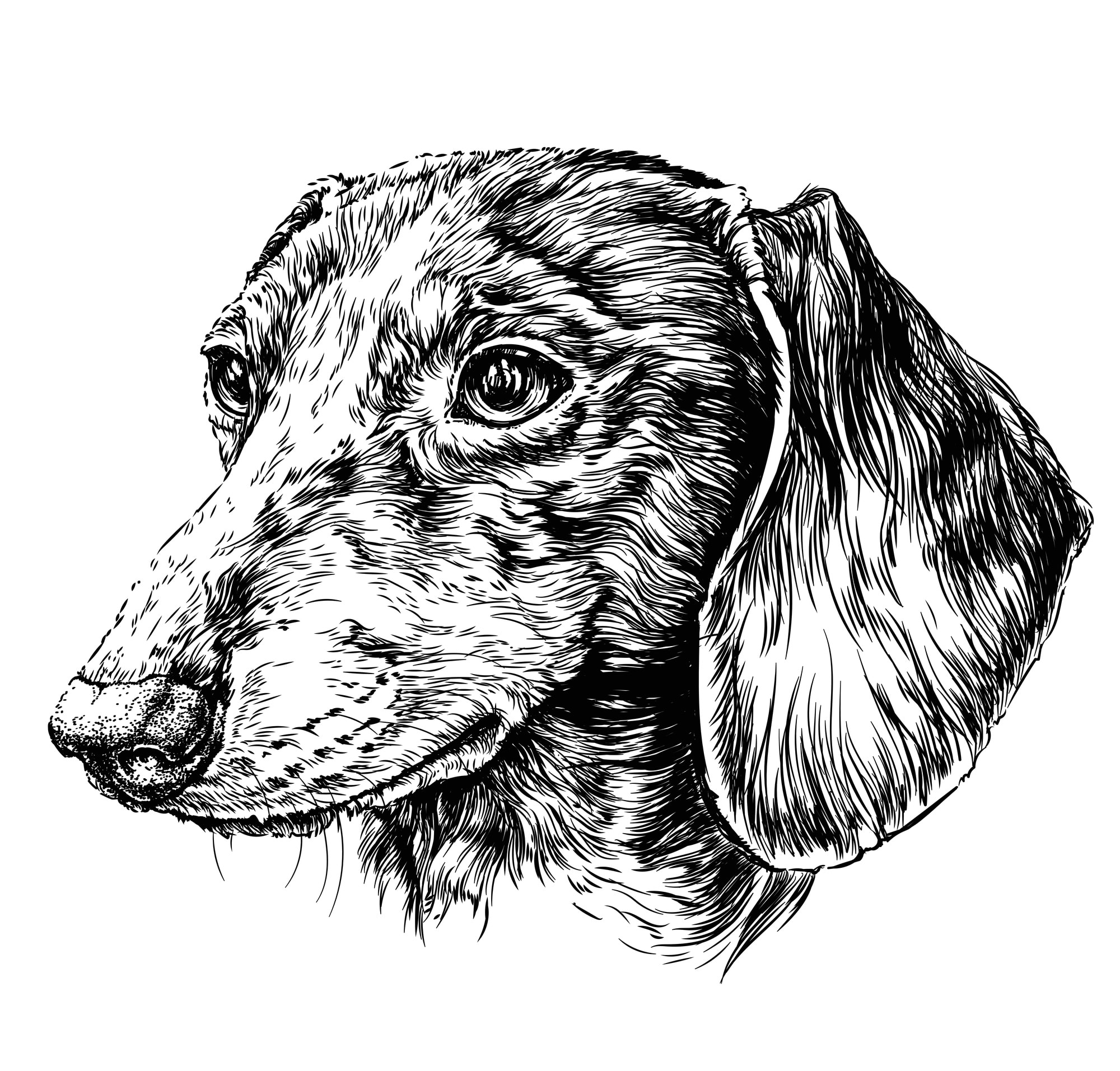
Origin & History
The wire-haired dachshund is a very old German dog breed. Its history goes back to ancient times. They can be found on Egyptian and Mexican works of art. It was first mentioned in a book in the 15th century.
Due to its excellent characteristics, the Dachshund has always been used for hunting. Back then, society was dependent on agriculture. Foxes and badgers that killed the chickens or ate the crops were of no use. So the dachshund was used to track down and chase away these animals.
Over time, the Dachshund was bred smaller and smaller and crossed with terrier breeds. This made them even braver and more eager to hunt. In addition, it could now also be used in smaller rabbit hutches.
In the 19th century, the Dachshund was very popular in Great Britain and the USA. In 1925, the first general breed standard was established for them. In 1972, a dachshund was the mascot of the Olympic Games. It was given this honor because it is considered tough, agile and resistant.
Today, the wire-haired dachshund is still bred and prized as a hunting dog. However, because of its loyal and affectionate nature, it is also very popular as a companion and family dog.
